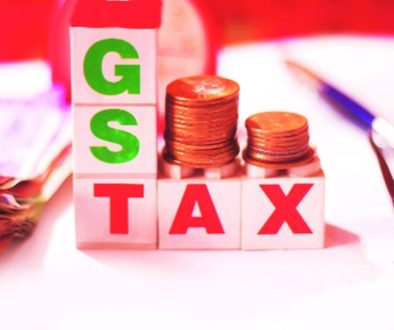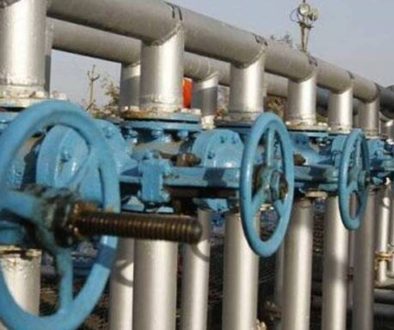Government orders biggest review of GST since its launch
Two years after its launch, the government has begun the biggest review of GST – including a possible resetting of rates along with a scrutiny of the slabs-to tone up collections and plug leakages.
The task has been assigned to a 12-member committee of state and central government officials to \”augment GST collection and administration\”, set up a day before the PMO leads consultations with state chief secretaries on Friday, where it is expected to urge them to push for improved collections.
The terms of reference indicate the panel should suggest systemic changes to prevent misuse, improve voluntary compliance, boost overall compliance monitoring and suggest anti-evasion measures. With inverted duty structure proving to be a source of leakage in sectors like restaurants, sources told TOI that the rates may be reviewed.
The GST review committee can co-opt other state government representatives to look at fitting some of the products in other slabs.
There are several sectors where the problem persists. In case of restaurants, for instance, the withdrawal of tax credit on payment for goods and services such as rent has prompted many players to rework the lease agreement in a way that tax payment is avoided and the rent is lowered.
GST collections have slowed down in recent months and have grown at a shade under 5% during the first half of the current financial year, against the target of 13%. While a part of the slowdown is attributed to the state of the economy, especially the harp fall in auto sales and floods, officials are also worried over weak enforcement in the states, who have been assured compensation by the Centre in case collections grow at under 14% during the year.
In recent weeks, Opposition-ruled states have attacked the Centre on GST collections and said that tax collections have been hit due to a faulty design and not necessarily due to a slowdown. They have blamed the tax cuts for lower collections, a charge that has been rubbished by the Centre, which has said that states were party to all the \”unanimous decisions\” taken by the GST Council.
At last month\’s meeting of the GST Council, Finance Commission chairman NK Singh had lagged the need to review the slabs, which currently stand at 5%, 12%, 18% and 28%. When GST was launched in July 2017, the idea was to merge the 12% and 18% slabs and reduce the number of items in the top bracket. While there are fewer items facing 28% levy than two years ago, officials have said that given the poor revenue realisation the revenue-neutral rate will be 16-17% if the 12% and 18% brackets are merged, which may be politically difficult since there will be a larger number of items where the tax burden will go up.
States have petitioned the Finance Commission to increase the compensation period by another three years, which many believe makes the system leaky as states are assured of revenue. For instance, often states are accused of not following up on leads that are generated every month through a system of data analytics.




